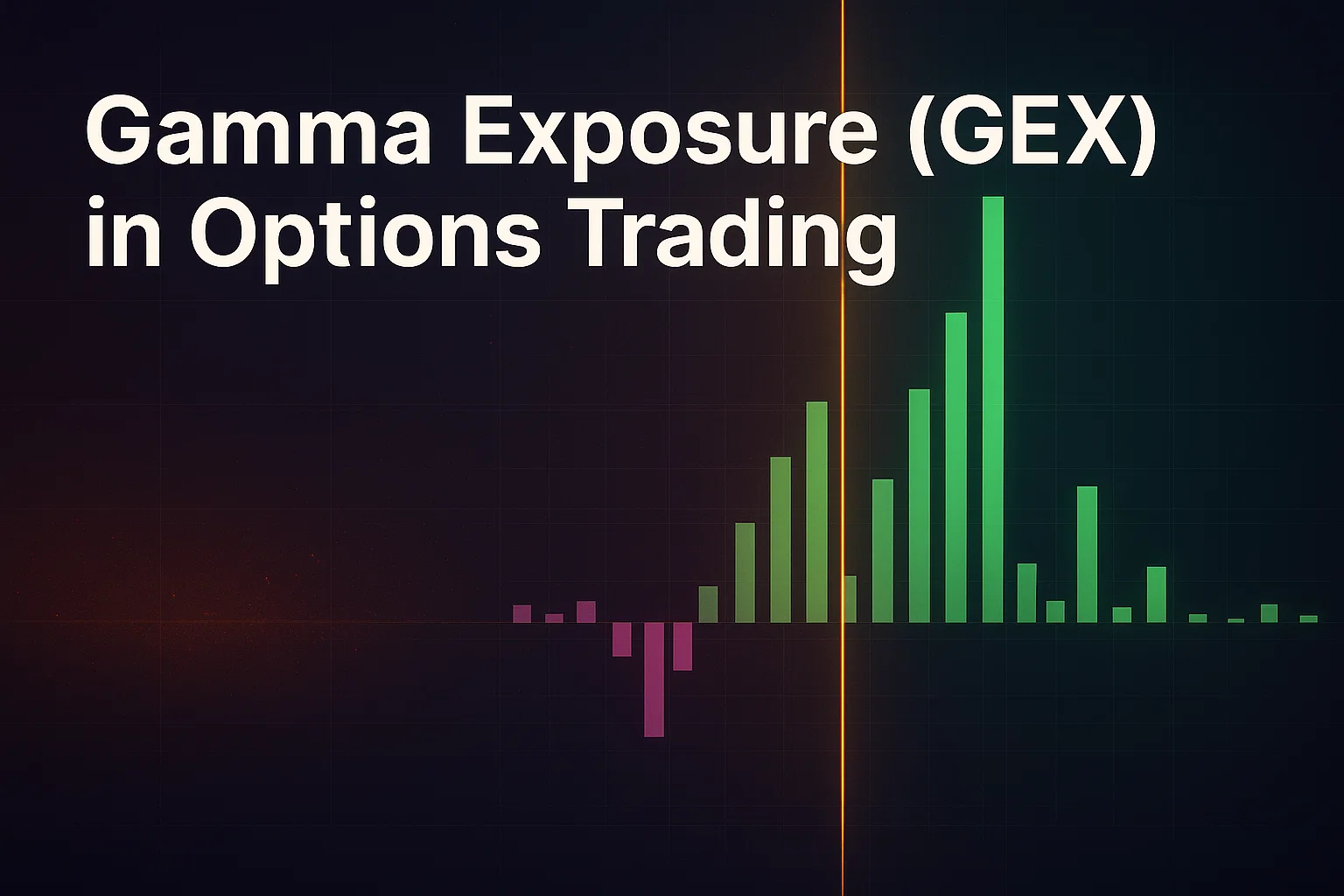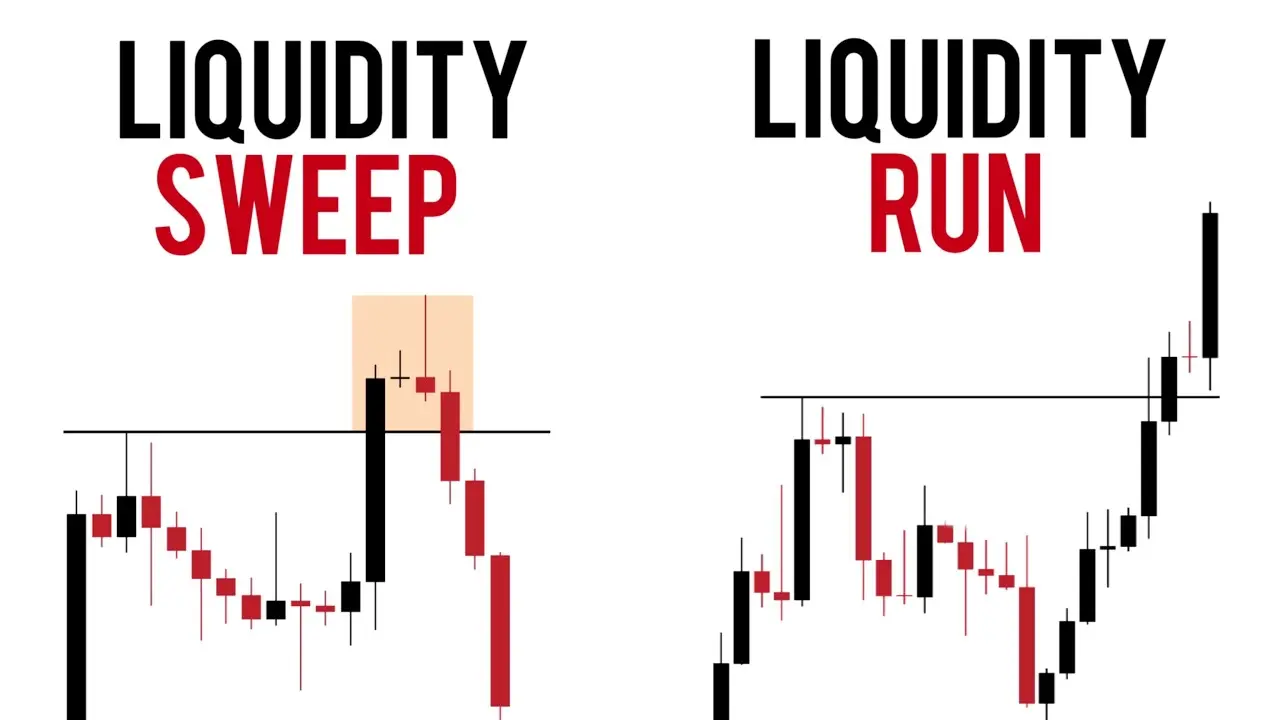Most traders stare at price and volume — a two-dimensional view of a multi-dimensional game.Meanwhile, the institutions shaping the market operate in another layer entirely: the options market.If you’ve ever wondered why price rejects certain levels with surgical precision or why volatility suddenly dies after a massive move — you’ve seen the shadow of GEX (Gamma Exposure) at work.In this article, we’ll break down how options positioning drives intraday movement, how to read GEX zones, and how you can integrate this institutional insight into your day trading or scalping plan.
1. Understanding the Options Landscape
Options are often seen as complex derivatives reserved for institutional players, but they hold critical insights for active day traders. At their core, options represent leveraged bets on future price direction, volatility, and time. But what’s often overlooked is how these positions influence the underlying market itself.
Large institutional traders—hedge funds, dealers, and market makers—constantly adjust their hedges in response to options exposure. These adjustments create flows that directly impact spot price behavior. The aggregated positioning of these players can be visualized using metrics like Gamma Exposure (GEX) and Dealer Delta, giving traders a window into the “hidden forces” shaping intraday movement.
Understanding the basics of calls, puts, and open interest distribution across strike prices helps identify where the market might “gravitate” or find resistance. It’s not about trading options themselves—it’s about interpreting how option market mechanics influence liquidity and price discovery in the underlying asset.
2. What Is GEX and Why It Matters
Gamma Exposure (GEX) measures how sensitive market makers’ hedging activity is to changes in the underlying price.
- When GEX is positive, dealers are generally short options (and thus long the underlying). They hedge by selling into rallies and buying dips, which creates mean-reverting price action and low volatility environments.
- When GEX is negative, dealers are long options (and thus short the underlying). They hedge by buying into rallies and selling into dips, amplifying volatility and fueling directional momentum.
This concept transforms how traders interpret the market. Instead of asking “what direction will it go?”, a GEX-based trader asks “what kind of environment am I in?”
For instance, if the S&P 500 has high positive GEX around key strikes, the market tends to compress volatility—great for fade setups or range trading. Conversely, when GEX flips negative (especially around options expiry), it often precedes violent breakouts, liquidity grabs, and trend days.
3. Spotting Institutional Intentions Through Options Flow
Institutional traders rarely reveal their true intentions directly in the spot market. Instead, they express macro or hedging views through options positioning—making the options tape a goldmine for understanding big money behavior.
Key signals to monitor include:
- Sudden spikes in call or put volume at specific strikes or expiries.
- Unusual options flow that diverges from recent activity (e.g., heavy call buying in a downtrend).
- Delta notional imbalance — a concentration of dealer delta exposure that must be dynamically hedged.
Platforms like SpotGamma, Tradier, or even open-source tools like “gex.io” allow traders to visualize these dynamics. Combining GEX data with Order Flow (Footprint Charts, Cumulative Delta, etc.) helps validate institutional bias.
If options flow suggests a gamma wall at 4500 and order flow confirms passive absorption just below it, the narrative becomes clear: institutions are defending that level. That insight can dictate bias, stop placement, and trade selection throughout the session.
4. Practical Application: Using GEX Zones for Intraday Strategy
Day traders can use GEX zones as dynamic support/resistance levels. These areas—often called “gamma walls”—act as magnets or barriers depending on their polarity and dealer positioning.
Here’s how to implement it practically:
- Map the Major Strikes: Identify the highest call and put open interest levels for the current expiry.
- Overlay GEX Data: Highlight areas of high positive or negative gamma concentration.
- Combine With Market Structure: Align these gamma zones with liquidity pools, VWAP, or value areas to identify high-probability confluence.
- Adjust Strategy Based on Environment:
- In high positive GEX conditions, trade mean-reversion setups.
- In negative GEX environments, look for breakout continuations and liquidity runs.
- Monitor Expiry and Rollover: GEX decays as options expire, meaning market dynamics can shift dramatically around OPEX (options expiration) events.
For example, on a day with heavy negative GEX, a trader might anticipate trending conditions—favoring pullback entries in the direction of momentum. Conversely, during high positive GEX days, a scalper might fade extremes near gamma walls, expecting dealer hedging to stabilize price swings.
5. Merging Options Insight with Institutional Order Flow
The real edge comes from fusing GEX analysis with other institutional tools—such as Auction Market Theory, Order Flow Imbalance, or Volume Profile.
- Auction Market Theory (AMT) helps define where the market is attempting to find value.
- Order Flow Tools reveal micro-structure confirmations—where absorption, spoofing, or imbalance aligns with GEX walls.
- Institutional Liquidity Maps highlight zones where dealers may be forced to hedge or unhedge rapidly, creating volatility bursts.
A holistic trader doesn’t rely on one metric. Instead, they build a confluence model—GEX defines the context, AMT defines the structure, and order flow provides execution triggers.
Ultimately, GEX gives traders what was once invisible: the invisible hand of dealer hedging pressure that shapes every tick in the market. Understanding it doesn’t replace your edge—it amplifies it by aligning your strategy with the true mechanics of liquidity and volatility.
Final Thoughts
For day traders and scalpers, Options and GEX analysis represents a bridge between retail-level technicals and institutional-level flow dynamics. It turns abstract option data into actionable context—revealing when the market is likely to trend, revert, or compress.
When integrated with smart risk management and order flow confirmation, GEX transforms from a “nerdy metric” into a genuine tactical advantage. In short: if you understand how the dealers are positioned, you understand how the market will breathe.

.png)



